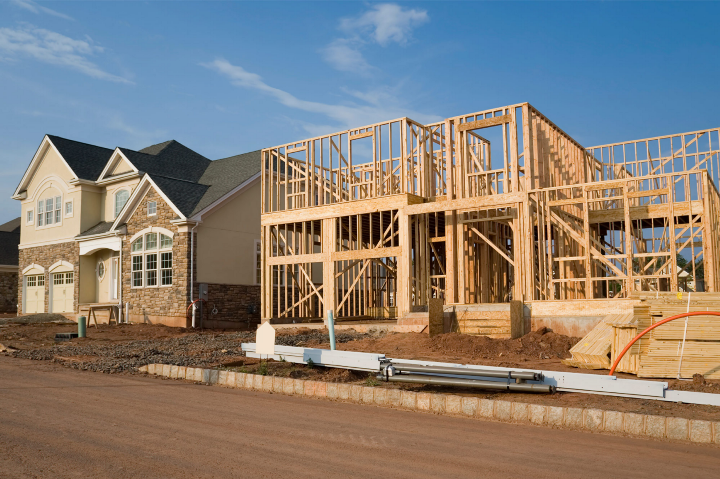Physical Address
304 North Cardinal St.
Dorchester Center, MA 02124
Physical Address
304 North Cardinal St.
Dorchester Center, MA 02124

Our tax code favors suburbia. Homeownership, greenfield development, and sprawl receive preferential tax treatment, and the market responds to incentives built into the code. As a result, a disproportionate amount of capital flows to those investments. In many cases, it has been an unintentional side effect of pursuing other goals. The combined effect is that our tax system plays a huge role in shaping our communities. Its influence is an important factor to understanding how residential design in the US became what it is today.

This is the first article of a five-part series on suburbia in the United States. In primary school, one of my friends lived in a duplex. This fact blew my mind. To my inexperienced 7-year-old mind, a duplex barely registered as a house. Her family shared a driveway with their neighbors, and their yard was tiny. It was the first house I’d ever seen that shared a wall with its neighbors. I’d seen apartments of course, but in my mind those were temporary, for people who who were saving up to buy a “real” home. I couldn’t understand that some people might actually prefer to live in something besides a private home, because I’d never come across it before. Median income in American cities tends to rise at about 8 percent per mile as one moves away from the business district. My mental model of the world was pretty typical for an American child brought up in a single-family home. It’s easy to see why—US residential development is dominated by suburbs, and home ownership is touted as the ultimate symbol of prosperity. Other types of dwellings tend to be for young people starting out in life or low income households unable to afford a place of their own. The popular image of the American Dream includes a white picket fence and a car, not an apartment and a subway pass. This is in stark contrast with most other countries. The French word for suburb is banlieue, and it has come to connote poverty and social isolation, because that is where immigrants and the poor tend to live. They’ve been known as “red suburbs” because of their tendency to vote Communist. Meanwhile, the wealthy live in the city center. In South Africa, the inner city is reserved for the privileged white […]
I related to this particular post by Michael Lewyn at Planetizen, Why I fight: Occasionally, someone familiar with my scholarship asks me: why do you care about walkability and sprawl and cities? Why is this cause more important to you than twenty other worthy causes you might be involved in? The answer: Freedom. Now, the article doesn’t discuss freedom from a property rights or free-market point of view, but from a mobility point of view. As a former “carless teenager” in suburbia (well, carless until 16), I can relate to that. I think my yearning for freedom is what sparked my interest in the city too. Of course, some people equate driving to freedom. For some its walkability, transit, or silent star filled skies. Freedom means different things to everyone, and I found my freedom in the diverse experiences and opportunities only available in the city.
Paul Krugman wrote an op-ed this morning how the US living and transportation patterns will not cope with high oil prices as well as European cities: Changing the geography of American metropolitan areas will be hard. For one thing, houses last a lot longer than cars. Long after today’s S.U.V.’s have become antique collectors’ items, millions of people will still be living in subdivisions built when gas was $1.50 or less a gallon. Infrastructure is another problem. Public transit, in particular, faces a chicken-and-egg problem: it’s hard to justify transit systems unless there’s sufficient population density, yet it’s hard to persuade people to live in denser neighborhoods unless they come with the advantage of transit access. Over the long-run the US can adapt it’s living patterns to expensive oil by curbing it’s habit of subsidizing roadways. However, only if density restrictions soften accordingly. If drivers were responsible for the full costs of their location and transportation decisions, they would gradually locate to more European-like locations. This will naturally increase the demand for transit. Private investment and entrepreneurship under such conditions should be able to provide innovative solutions to the chicken-and egg problem Krugman is concerned about.